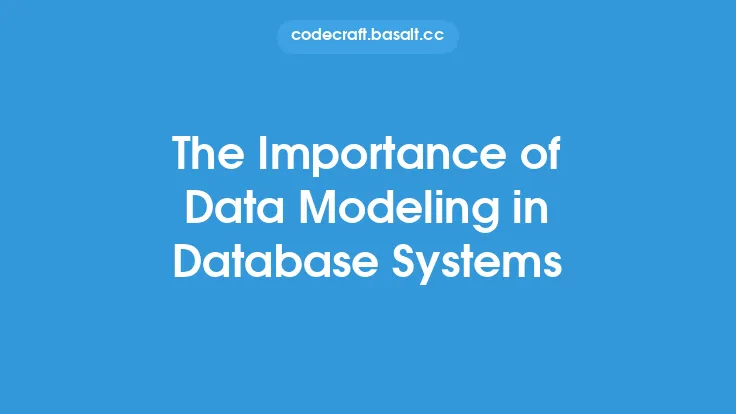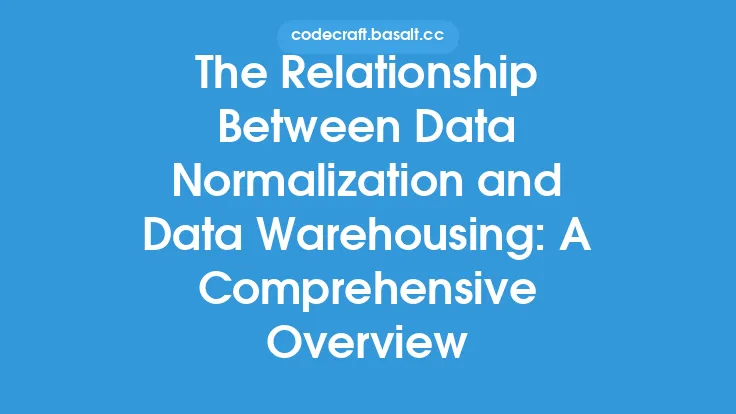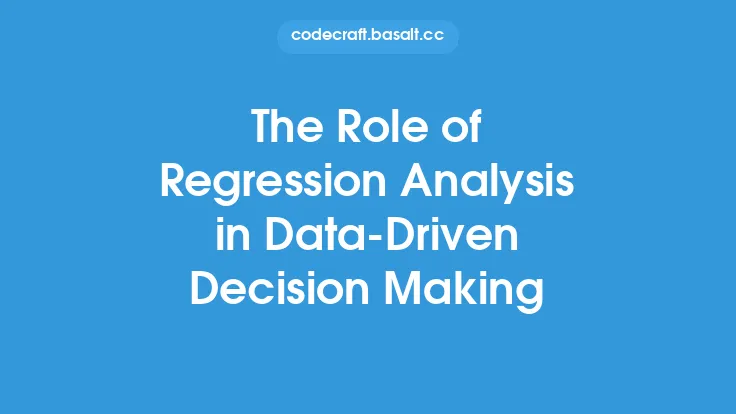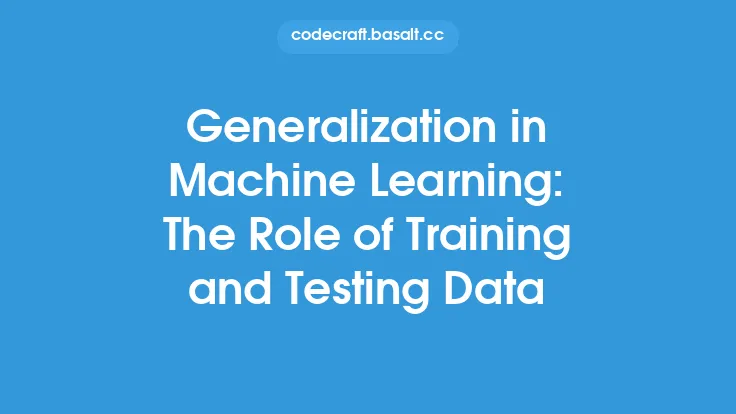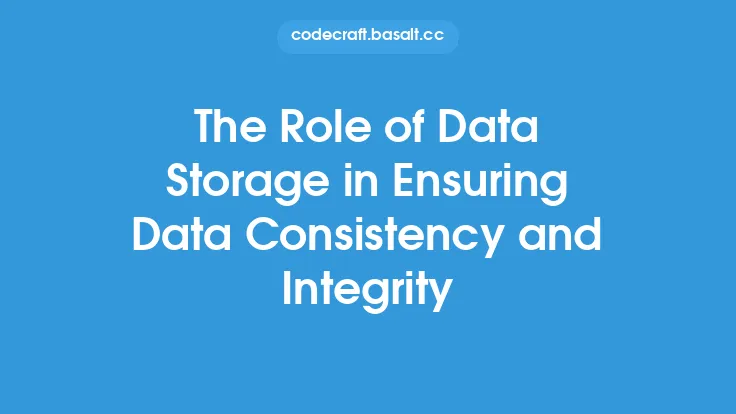Data modeling plays a crucial role in the development and implementation of data warehousing and business intelligence systems. It is the process of creating a conceptual representation of the data, which is used to support business decision-making and strategic planning. In the context of data warehousing and business intelligence, data modeling is used to design and implement a data warehouse that is optimized for querying and analysis.
Introduction to Data Warehousing and Business Intelligence
Data warehousing and business intelligence are two closely related concepts that are used to support business decision-making. A data warehouse is a centralized repository that stores data from various sources, which is then used to support business intelligence activities such as reporting, analysis, and data mining. Business intelligence, on the other hand, refers to the process of using data to support business decision-making, which involves the use of various tools and techniques such as data visualization, reporting, and predictive analytics.
The Role of Data Modeling in Data Warehousing
Data modeling is a critical component of the data warehousing process, as it is used to design and implement the data warehouse. The data modeling process involves creating a conceptual representation of the data, which is used to identify the relationships between different data entities and to define the structure of the data warehouse. There are several types of data models that can be used in data warehousing, including entity-relationship models, dimensional models, and object-oriented models. Each of these models has its own strengths and weaknesses, and the choice of which model to use will depend on the specific requirements of the data warehouse.
Data Modeling Techniques for Data Warehousing
There are several data modeling techniques that can be used in data warehousing, including star and snowflake modeling, fact constellation modeling, and data vault modeling. Star and snowflake modeling are two of the most commonly used data modeling techniques in data warehousing, as they are well-suited to support querying and analysis. Fact constellation modeling is another technique that is used to model complex relationships between different data entities, while data vault modeling is used to model large and complex data sets.
The Role of Data Modeling in Business Intelligence
Data modeling also plays a critical role in business intelligence, as it is used to support the development of reports, dashboards, and other business intelligence artifacts. The data modeling process involves creating a conceptual representation of the data, which is used to identify the relationships between different data entities and to define the structure of the business intelligence system. There are several types of data models that can be used in business intelligence, including relational models, multidimensional models, and data mining models. Each of these models has its own strengths and weaknesses, and the choice of which model to use will depend on the specific requirements of the business intelligence system.
Data Modeling Tools and Technologies
There are several data modeling tools and technologies that can be used to support the data modeling process, including entity-relationship modeling tools, data modeling software, and business intelligence platforms. Entity-relationship modeling tools such as ERwin and PowerDesigner are used to create and manage entity-relationship models, while data modeling software such as Informatica and Talend are used to design and implement data warehouses. Business intelligence platforms such as Tableau and QlikView are used to support the development of reports, dashboards, and other business intelligence artifacts.
Best Practices for Data Modeling in Data Warehousing and Business Intelligence
There are several best practices that can be followed to ensure that the data modeling process is successful, including involving stakeholders in the data modeling process, using a iterative and incremental approach to data modeling, and using data modeling tools and technologies to support the data modeling process. It is also important to ensure that the data model is aligned with the business requirements and that it is flexible enough to support changing business needs. Additionally, it is important to ensure that the data model is well-documented and that it is easily maintainable.
Challenges and Limitations of Data Modeling in Data Warehousing and Business Intelligence
There are several challenges and limitations of data modeling in data warehousing and business intelligence, including the complexity of the data, the lack of standardization, and the need for ongoing maintenance and updates. The data modeling process can be time-consuming and resource-intensive, and it requires a high level of technical expertise. Additionally, the data model may need to be updated and modified over time to reflect changing business needs, which can be a challenging and complex process.
Conclusion
In conclusion, data modeling plays a critical role in the development and implementation of data warehousing and business intelligence systems. It is used to design and implement a data warehouse that is optimized for querying and analysis, and to support the development of reports, dashboards, and other business intelligence artifacts. There are several data modeling techniques and tools that can be used to support the data modeling process, and several best practices that can be followed to ensure that the data modeling process is successful. However, there are also several challenges and limitations of data modeling in data warehousing and business intelligence, including the complexity of the data, the lack of standardization, and the need for ongoing maintenance and updates.
